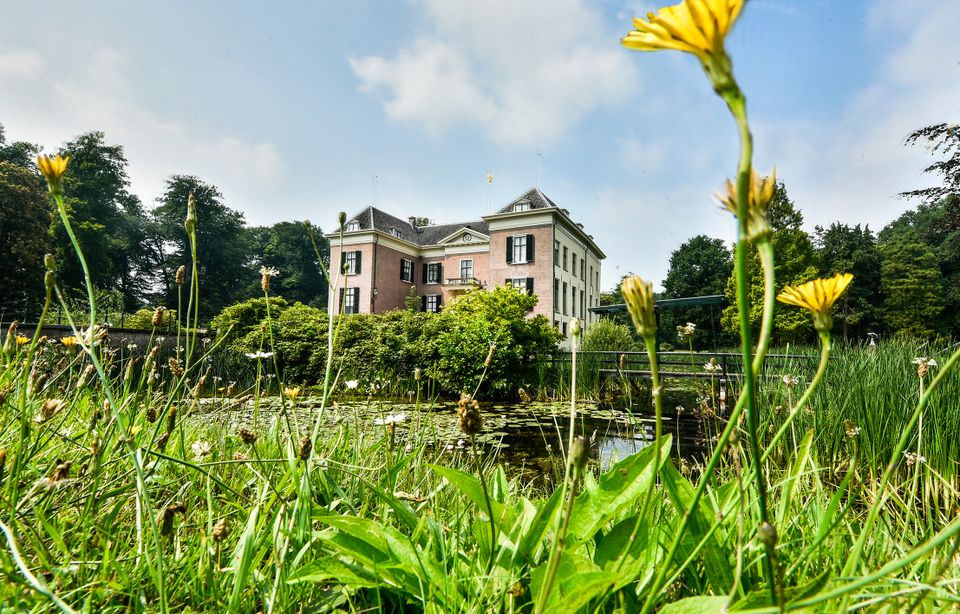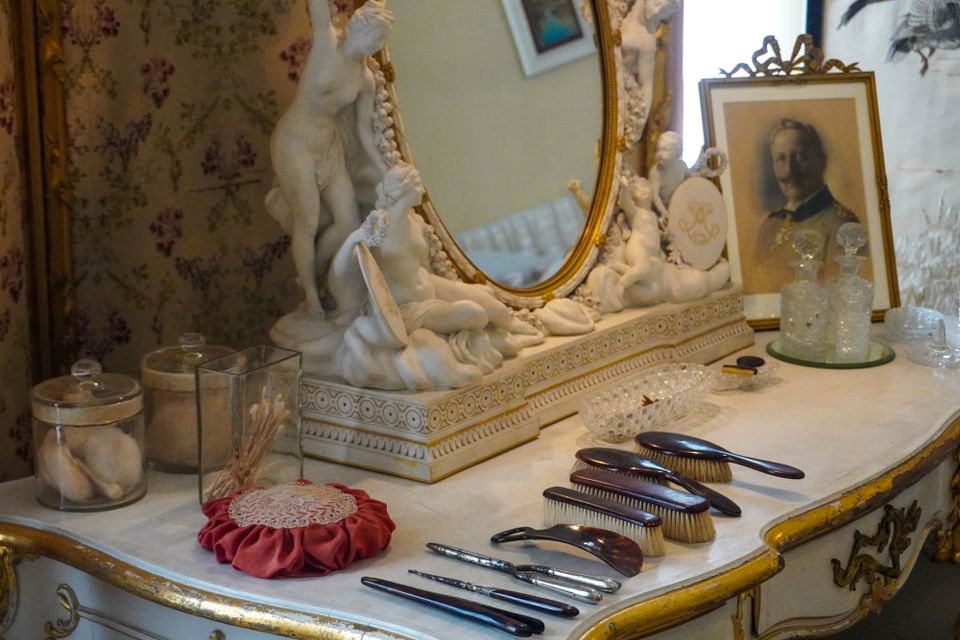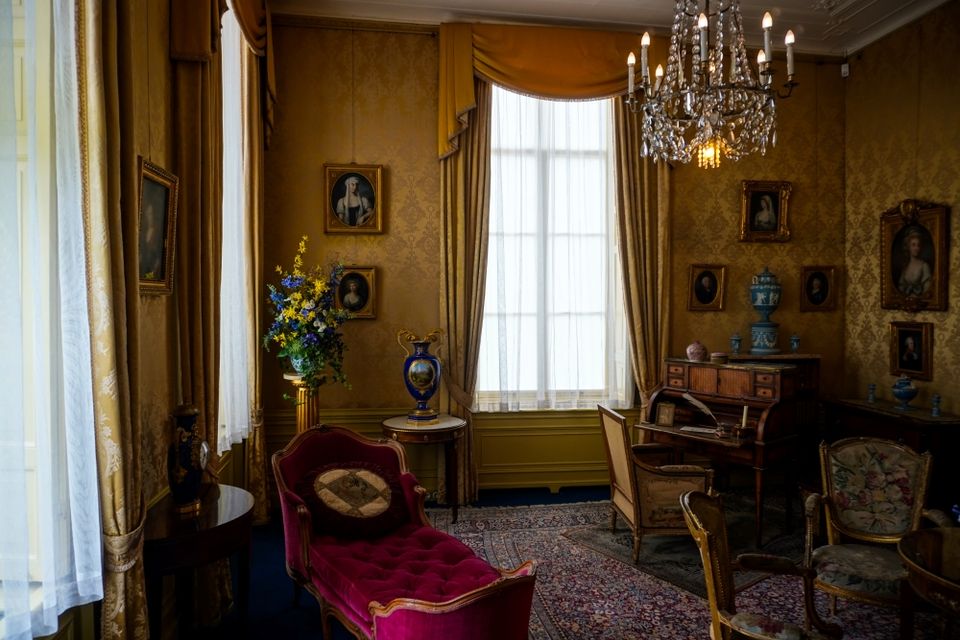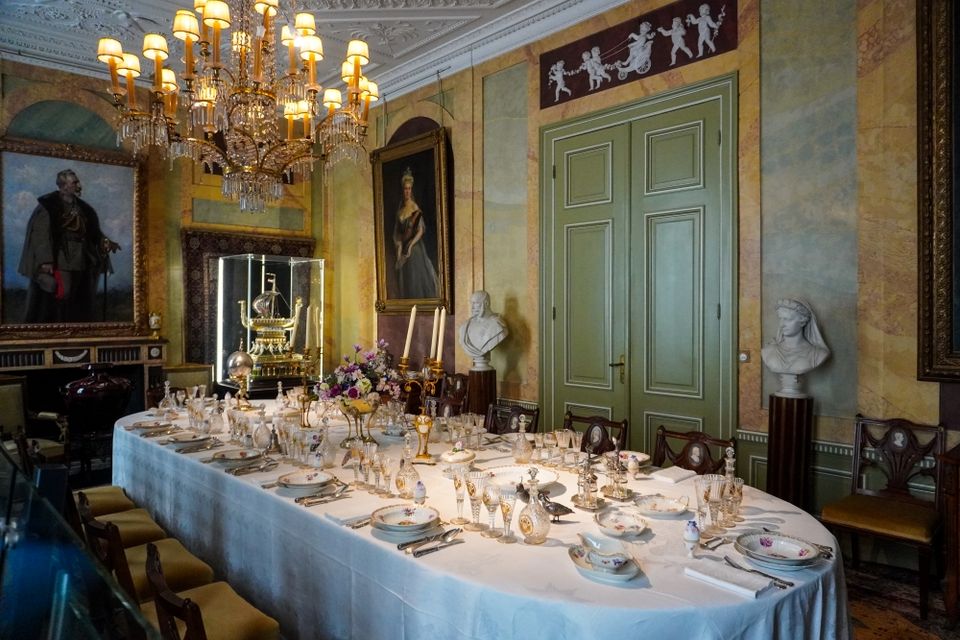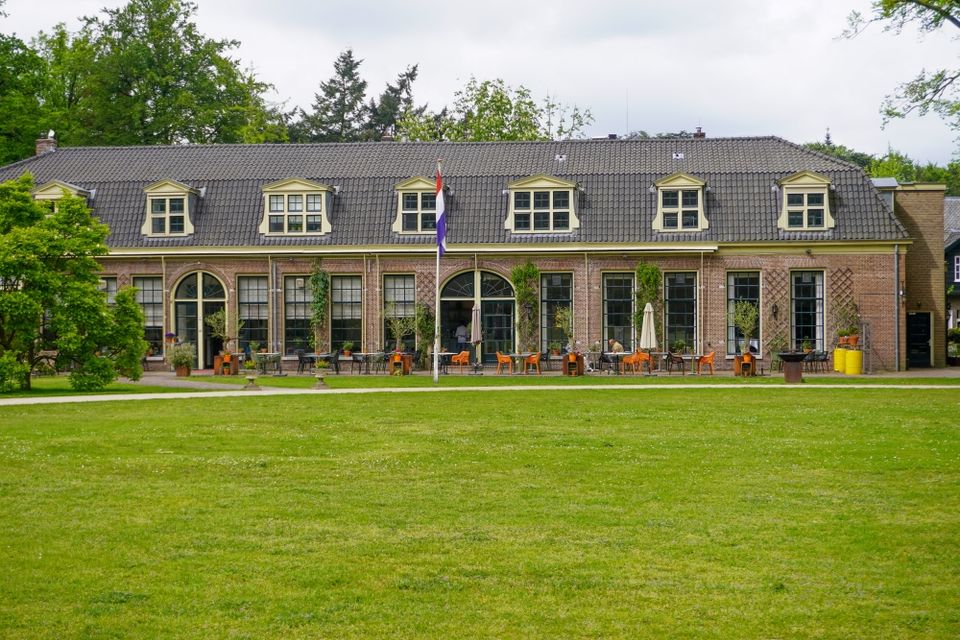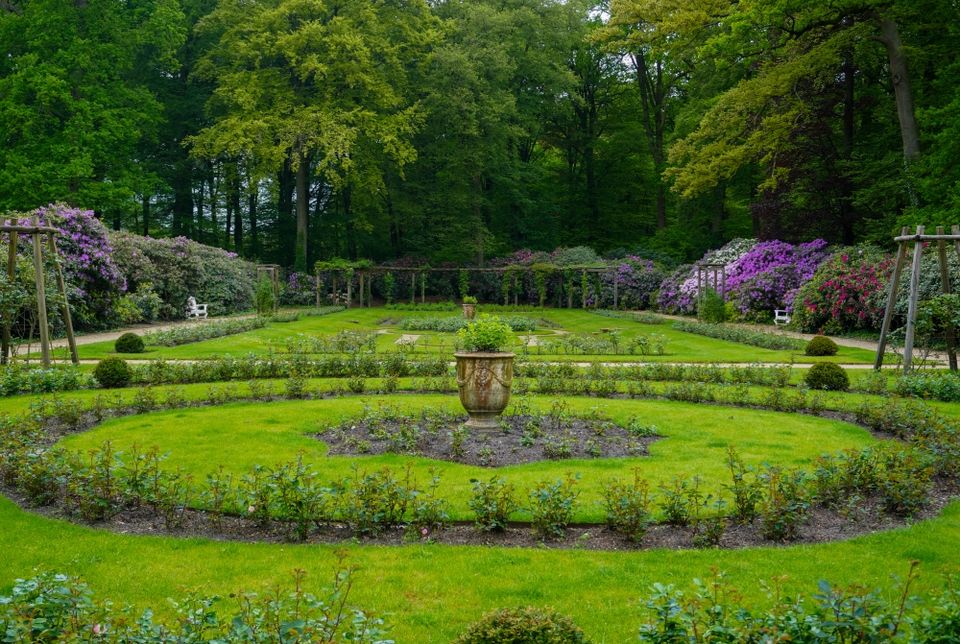Huis Doorn is an impressive castle and estate situated in the village of Doorn. The castle has a rich history tied up with the last German Emperor, and now houses a museum.
Emperor Wilhelm II
Huis Doorn is known for being the home of the last German Emperor, Wilhelm II, who lived here in exile between 1920 and 1941. Following the German defeat in World War I in 1918, the Emperor fled to the Netherlands, which was neutral and granted him political asylum.
Wilhelm II initially lived in Amerongen Castle for some time, …
Huis Doorn is an impressive castle and estate situated in the village of Doorn. The castle has a rich history tied up with the last German Emperor, and now houses a museum.
Emperor Wilhelm II
Huis Doorn is known for being the home of the last German Emperor, Wilhelm II, who lived here in exile between 1920 and 1941. Following the German defeat in World War I in 1918, the Emperor fled to the Netherlands, which was neutral and granted him political asylum.
Wilhelm II initially lived in Amerongen Castle for some time, but in May 1920 moved into Huis Doorn. Because the Emperor liked to surround himself with objects from his home country, 59 railway carriages full of his things were brought to the Netherlands. The inventory of Huis Doorn derives from imperial palaces in Berlin and Potsdam, and includes art, silverware, furniture and carpets reflecting centuries of German imperial history.
After his death in 1941, a mausoleum was built in the castle’s stunning gardens, where he still lies to this day.
Museum
Almost immediately after the Second World War, the stately Huis Doorn was requisitioned by the Dutch government, as all German property was considered to belong to the enemy. Therefore the premises were transformed into a museum showing how the imperial nobility lived at the time.
A walk through the elegant rooms of this imperial residence will give you a good sense of Emperor Wilhelm II’s life. The original inventory has largely been preserved, and with its thousands of objects and possessions there is plenty to see.
Pavilion Netherlands and World War I
In addition, Huis Doorn also houses a number of permanent and temporary exhibitions. In 2014, Wilhelm II’s garage was transformed into an exhibition pavilion, where the permanent exhibition ‘Tusschen twee vuuren’ (‘Between Two Fires’) tells the story of the Netherlands and the First World War. The Netherlands might have been neutral in the First World War, but the years of war (1914 – 1918) did not pass unnoticed.
Opening times
- Every monday closed
- Every tuesday from 13:00 to 17:00
- Every wednesday from 13:00 to 17:00
- Every thursday from 13:00 to 17:00
- Every friday from 13:00 to 17:00
- Every saturday from 13:00 to 17:00
- Every sunday from 13:00 to 17:00

